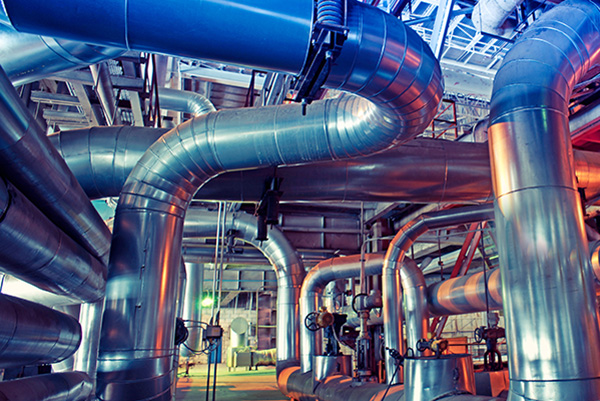Conventional hydroelectric power plants with dams represent one of the most established forms of renewable energy generation. These facilities harness the potential energy of water stored at height in reservoirs to generate electricity through a carefully engineered system of components. The fundamental principle relies on a dam structure that creates an artificial lake or reservoir, storing large volumes of water at elevation. This stored water represents potential energy that can be converted to electrical power through a controlled release process. The difference in height between the reservoir and the turbines, known as "head," directly influences the plant's power generation capacity.
The power generation process begins at the dam's intake structure, where trash racks and gates filter debris from the water. The filtered water then flows through pressure tunnels or penstocks, building up pressure and velocity as it moves downhill. A main valve system at the powerhouse entrance provides crucial safety control, automatically closing in case of system failures or planned shutdowns

Schematic diagram of a hydroelectric power plant. Credit: Wikimedia Commons.
Inside the powerhouse, the high-pressure water strikes turbine blades, converting the water's potential energy into mechanical rotation. The turbine connects to a generator that transforms this mechanical energy into electricity. A transformer then adjusts the voltage to match grid requirements before the power is transmitted to end users
The system includes sophisticated control and regulation mechanisms that monitor water flow and electricity generation to maintain stable power supply. After passing through the turbines, the water returns to the river through tailrace pipes or channels, continuing its natural course.
Modern dam-based hydroelectric facilities incorporate advanced safety features, including surge tanks to prevent water hammer effects, and automated control systems for efficient operation. These plants can help control floods by regulating water flow to rivers and streams while providing reliable baseload power generations.











